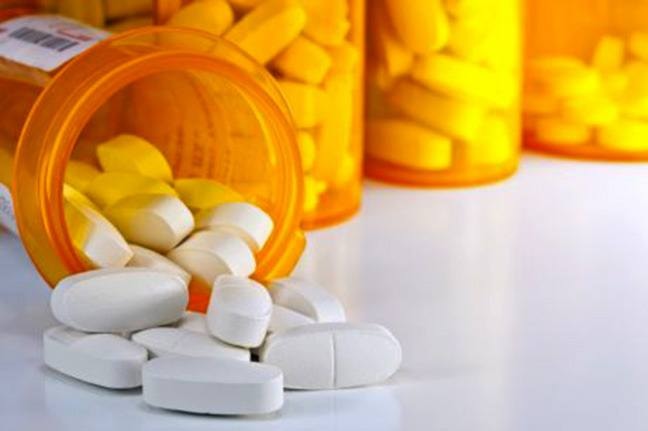During our lifespan, we will get sick or injured at one time or another. Thus, one will be admitted to hospital, and during and after treatment, one will generally be put on medication. This course of medication will fluctuate from short-term, to long-term, to one’s entire life.
After release from hospital, in order to fill the drug prescriptions, we will knock at the door of the pharmacy and here starts the real problem.
First of all, pharmaceutical companies are making huge amounts of profits on the backs of poor patients. Prices of most of the drugs are astronomically high. If you are paying the whole cost of the medication from your own pocket, it is a huge drain on your wallet, especially for seniors who are on a fixed income and the poor who are unable to afford the medication in the first place.
For multiple prescriptions fills at the pharmacy, for every medication, though prescribed by the same doctor at the same time, if one has six prescriptions for example, one has to pay six prescription dispensing fees.
For illustrative purposes, I will use the following example from the receipts of recent prescriptions to distinguish between the dispensing fees and the cost of the drugs:
Clindamycin – $3.86 plus dispensing fee of $10 = $13.86.
Zopiclone – $4.37 plus dispensing fee of $10 = $14.37.
Nitroglycerin – $10.10 plus dispensing fee of $10 = $21.10.
Atrovastatin – $11.16 plus dispensing fee of $10 = $21.16
Amoxicillin – $10.56 plus $10 dispensing fee = $20.56.
Bisoprolol – $10.66 plus dispensing fee of $10 = $20.66.
Accordingly, the cost of all the above-mentioned drugs tallies up to the amount of $50.71 while the dispensing fees add up to $60, for a total amount of $111.71. And this is just a one-time fill of prescriptions.
Now imagine the cost if one has to fill this type of prescription or even larger prescriptions many times a year and over many years. Pensioners with fixed incomes, and seniors in particular with multiple conditions, are the most hurt and drained financially.
While the drugs are sold to the patient for $50.71, pharmacies generally get those drugs at a discounted price from the distributor. Therefore, pharmacies not only make money in the name of dispensing fees for dispensing the prescriptions, but also on the medications themselves.
Pharmaceutical companies which provide the drugs to the pharmacies keep the prices high in the first place to fulfill the huge appetite of their greed. So it is quite likely the above-mentioned medications which cost the patient $50.71 likely cost the pharmaceutical companies mere pennies. The margin of profit is astronomical for drug-making companies.
The above is simply an example of a one-time prescription fill of just one patient. Now imagine hundreds of thousands of prescriptions filled every day.
There is an urgent need to address this systemic gouging of sick people in the name of dispensing fees and high drug prices.
Kalwant Singh Sahota
Delta
